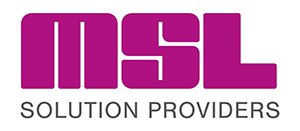Cleanrooms face stringent limitations on the types of disinfectants they can use.
These restrictions are in place to prevent the introduction of contaminants and to ensure the safety of both the environment and the personnel working within them. Ensuring data on the exposure, environmental impact, stability, and efficacy of the disinfectant is crucial for safe and effective use, especially in such controlled spaces.
In these environments, data on exposure, environmental impact, stability, and efficacy must be considered for safe and effective use.
For example, understanding how much of the disinfectant is needed to achieve effective results without exceeding safe exposure limits for personnel is crucial.
There has been a rise in the number of products that bypass European regulations
The sustainability rating of the chosen disinfectant, including its potential for biodegradability and minimal impact on the environment, are key purchase-drivers too – cleanrooms often adhere to strict environmental standards to minimise their ecological footprint.
Additionally, disinfectants must be stable under the specific conditions of the cleanroom environment. This includes maintaining their efficacy over time and not degrading in the presence of other chemicals or environmental factors such as temperature and humidity.

